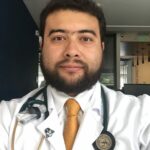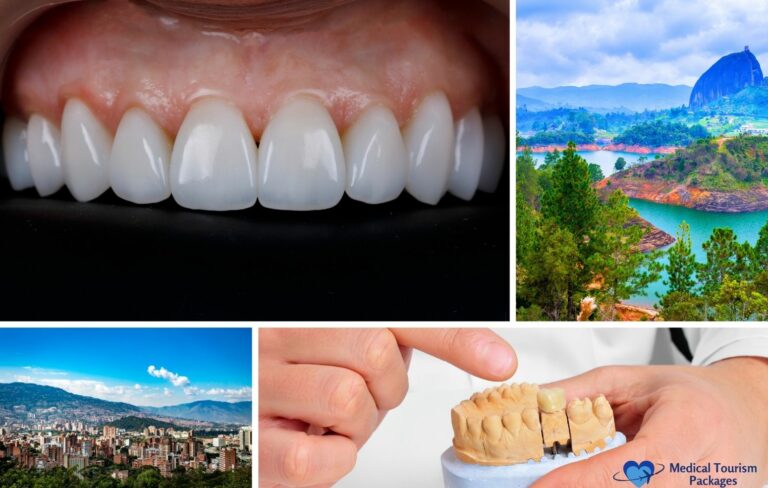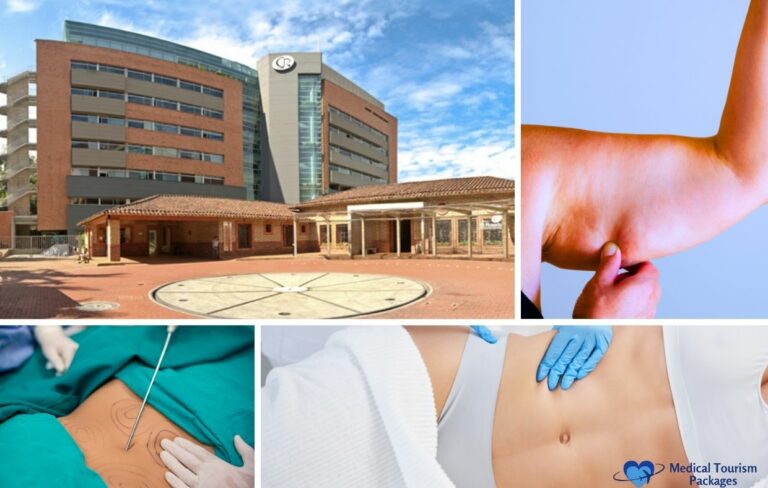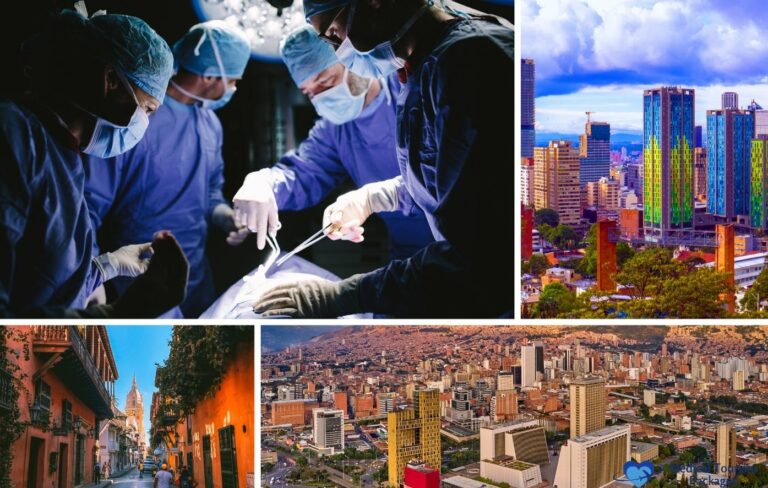Book Appointment Now
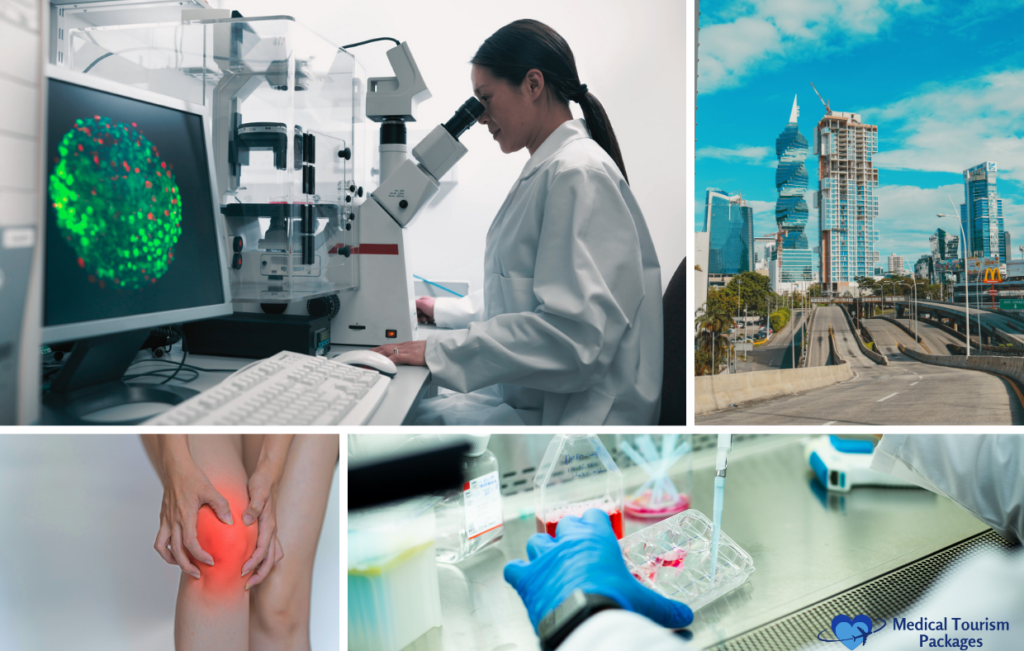
Stem Cell Transplant in Panama: Advanced Medicine at Competitive Costs
Thinking about stem cell transplant as a treatment option can be a journey filled with hope, questions, and the search for the best possible care. If you’re considering this life-changing procedure, Panama might just be the destination you’re looking for. Known for its advanced medical practices and competitive costs, Panama is emerging as a leading choice for patients worldwide seeking stem cell transplants.
Offering a blend of cutting-edge technology, skilled medical professionals, and affordability, Panama stands out not just on the map, but in the hearts of those who have experienced its healthcare firsthand. Whether you’re battling leukemia, lymphoma, or an immune system disorder, the promise of rejuvenation and a better quality of life awaits. Join us as we explore why Panama is becoming a beacon of hope for many, providing not just medical treatments, but a chance at a new beginning.
What is a stem cell transplant?
A stem cell transplant, also known as a bone marrow transplant, is a medical procedure aimed at replacing damaged or diseased bone marrow with healthy stem cells. Stem cells serve as the foundational building blocks from which all other cells with specialized functions are generated within the body. This procedure is especially critical for the treatment of various conditions, such as leukemia, lymphoma, and certain immune system disorders.
The overarching goal of a stem cell transplant is to rejuvenate the body’s capacity to produce blood cells and bolster the immune system, thereby enhancing the patient’s health and prospects for survival. The process encompasses two primary types: autologous transplants, which utilize the patient’s own stem cells, and allogeneic transplants, which employ stem cells sourced from a donor. The selection between these approaches hinges on the specific ailment being addressed, the presence of a compatible donor, and the patient’s general health status.
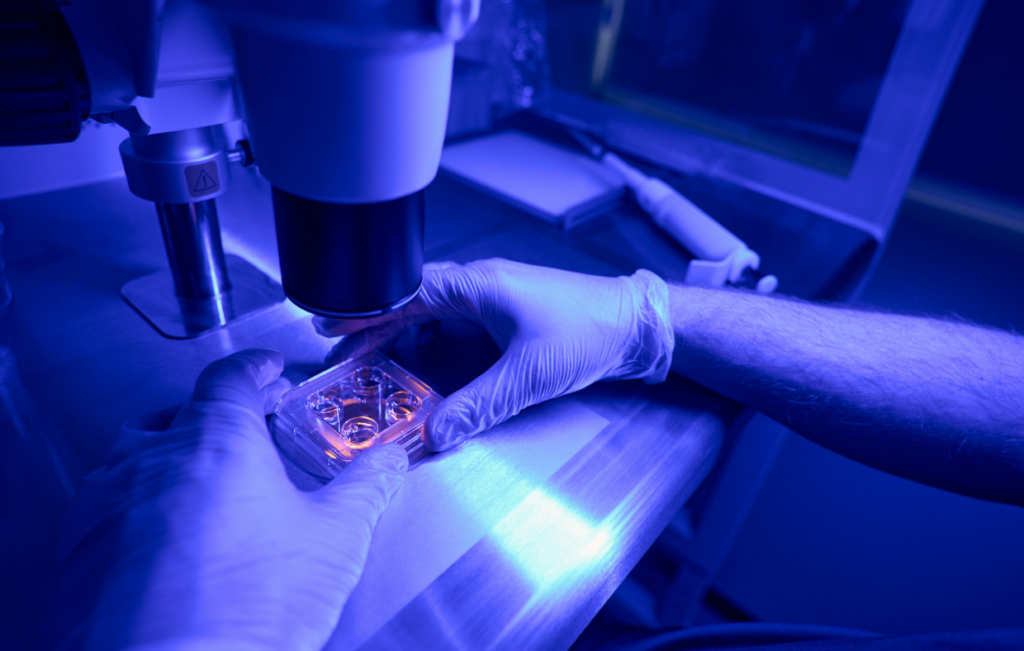
Prior to undergoing the transplant, patients are generally subjected to chemotherapy or radiation therapy to eradicate the diseased cells and prime the body for the acceptance of new stem cells. It’s crucial to weigh the potential risks and benefits of a stem cell transplant. Although it can present an opportunity for cure or long-term remission for many severe diseases, the procedure is not without risks, including infection and graft-versus-host disease, particularly with allogeneic transplants.
The success rate of a stem cell transplant is significantly influenced by factors such as the compatibility of the donor, the patient’s condition prior to the transplant, and the patient’s reaction to the treatment. In essence, stem cell transplants stand as a pivotal treatment option for patients battling certain life-threatening diseases, offering a beacon of hope for recovery and an enhanced quality of life. With ongoing advancements in research, the efficacy and safety of these procedures continue to progress, promising better outcomes for patients in the future.
Why choose Panama for stem cell transplants?
Panama distinguishes itself as a leading destination for stem cell transplants, offering a unique combination of cutting-edge medical technology, highly skilled medical professionals, and competitive costs. This trifecta ensures that patients receive top-tier medical care while benefiting from significant savings compared to the US and Europe. Below is a detailed breakdown of why Panama stands out in the realm of advanced medicine.
Cutting-edge medical technology
Panama’s investment in the latest medical technologies is evident in its state-of-the-art facilities, which are equipped with advanced bioreactors and imaging technologies. These tools are crucial for enhancing the precision and effectiveness of stem cell transplants, contributing to higher success rates and improved patient outcomes.
Lower costs than in the US and Europe
One of the most compelling reasons to choose Panama for medical treatments is the cost advantage. The table below provides a detailed comparison of stem cell transplant costs, showcasing the affordability of Panama’s medical services without compromising on quality.
| Treatment | Cost in Panama | Cost in the US | Cost in Europe |
|---|---|---|---|
| Stem Cell Transplant | $25,000 – $50,000 | $200,000 – $800,000 | $150,000 – $600,000 |
| Pre-treatment Evaluation | Included | Additional Cost | Additional Cost |
| Post-treatment Care | Included | Additional Cost | Additional Cost |
Highly skilled medical professionals
Panama’s medical community is renowned for its expertise in stem cell therapy, with many professionals holding qualifications and certifications from prestigious international institutions. This wealth of knowledge and experience ensures that patients are in capable hands, benefiting from the latest treatment methodologies and care standards. By choosing Panama for a stem cell transplant, patients not only gain access to affordable, high-quality medical care but also the peace of mind that comes from being treated by some of the most skilled professionals in the field.
Types of stem cell transplants in Panama
In Panama, patients seeking stem cell transplants have access to two principal types, each tailored to meet specific medical requirements and conditions. Autologous stem cell transplants utilize the patient’s own stem cells, harvested prior to undergoing treatments such as chemotherapy or radiation. This approach significantly reduces the risk of rejection and immune-related complications, making it a preferred option for many.
To reinforce the section’s relevance, including statistics on success rates, recovery times, or patient testimonials specific to autologous transplants in Panama could provide valuable insights into the effectiveness and patient satisfaction with this type of transplant. Conversely, allogeneic stem cell transplants involve the use of stem cells from a donor. This method is vital for individuals who lack viable stem cells for transplantation, necessitating a compatible match, often from a family member or a registered donor.
Information on the availability of donor matching services, success rates of allogeneic transplants, or specific challenges and solutions related to donor transplants in Panama would be helpful to understand the comprehensive care and support provided to patients opting for this treatment. With its advanced healthcare infrastructure, Panama is well-equipped to provide both autologous and allogeneic stem cell transplants. The country’s commitment to leveraging modern technology and harnessing the expertise of skilled medical professionals ensures that patients receive the most effective treatment tailored to their unique health challenges.
Ensuring quality and safety
In Panama, the quality and safety of medical procedures, particularly stem cell transplants, are of utmost importance. The healthcare system rigorously adheres to international standards and closely follows WHO guidelines, ensuring that treatments meet or exceed global benchmarks. This high level of care is validated through the accreditation of medical facilities by internationally recognized organizations such as Joint Commission International (JCI).
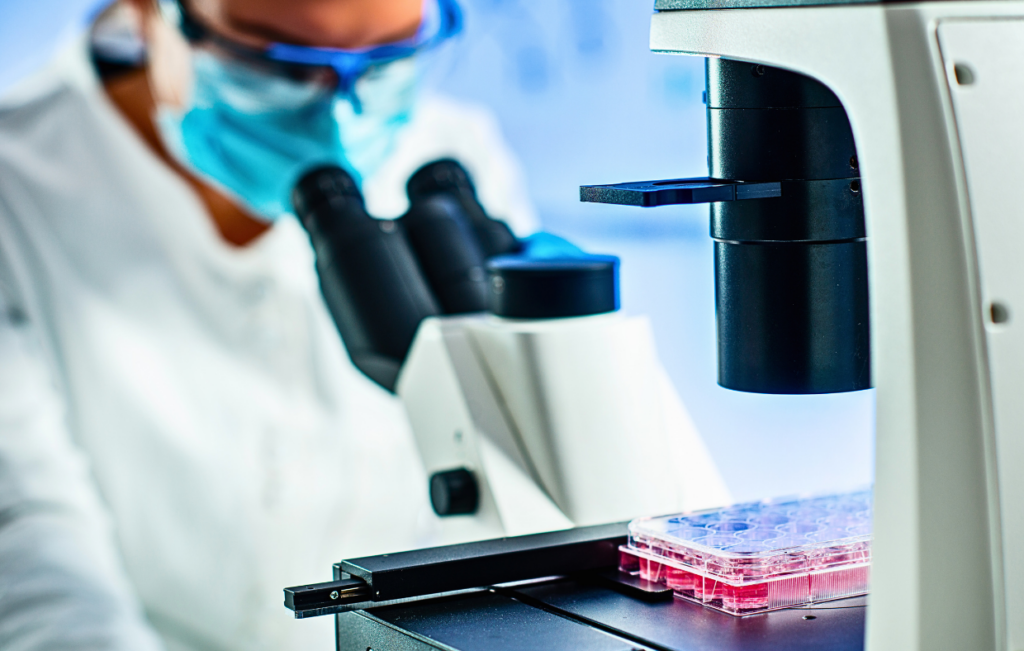
Adherence to international standards
Panama’s healthcare system’s commitment to adherence to international standards is exemplified through strict compliance with WHO guidelines. This dedication ensures that all medical treatments, particularly stem cell transplants, are performed according to the highest global benchmarks for care and safety. Adhering to these guidelines means that patients are assured of receiving care that is not only effective but also rigorously aligned with international safety and quality protocols.
For example, Panama’s healthcare facilities follow WHO’s guidelines on patient safety, infection control, and the safe management of biological materials, ensuring a safe environment for both patients and healthcare workers.
Accreditation of medical facilities: JCI and other international accreditations
A pivotal aspect of Panama’s healthcare excellence is the accreditation of medical facilities by renowned bodies such as Joint Commission International (JCI). These accreditations are a testament to a facility’s commitment to meeting or surpassing international healthcare standards. Facilities such as the Punta Pacifica Hospital in Panama City, which is affiliated with Johns Hopkins Medicine International, have received JCI accreditation, indicating a dedication to maintaining superior levels of patient care, safety measures, and overall treatment efficacy.
This level of recognition assures patients of the high-quality and safe medical procedures available in Panama, particularly for those seeking stem cell transplants, knowing they are in facilities recognized for their excellence on a global scale.
Cost breakdown for treatment
Understanding the cost breakdown for stem cell treatment in Panama is crucial for patients considering the country for their healthcare needs. The procedure costs include a comprehensive package covering pre-treatment evaluations, the transplant operation itself, and immediate post-treatment care. These costs are significantly lower than those in the US and Europe, making Panama an attractive option for medical tourists.
Additionally, accommodation and living expenses during the treatment phase are important factors in overall financial planning. Panama offers a range of accommodation options, from budget-friendly to luxury, allowing patients to find solutions that match their financial situations and personal preferences.
Procedure costs
| Type of Transplant | Pre-treatment Evaluation | Transplant Procedure | Immediate Post-treatment Care | Total Estimated Cost |
|---|---|---|---|---|
| Autologous | $2,000 – $4,000 | $15,000 – $25,000 | $1,000 – $3,000 | $18,000 – $32,000 |
| Allogeneic | $3,000 – $5,000 | $20,000 – $30,000 | $2,000 – $4,000 | $25,000 – $39,000 |
Note: Costs are approximate and can vary based on individual patient needs and clinic prices.
Accommodation and living expenses
| Accommodation Type | Daily Rate | Weekly Rate | Monthly Rate |
|---|---|---|---|
| Budget | $50 – $70 | $350 – $490 | $1,400 – $1,960 |
| Mid-range | $100 – $150 | $700 – $1,050 | $2,800 – $4,200 |
| Luxury | $200 – $400 | $1,400 – $2,800 | $5,600 – $11,200 |
Note: Living expenses for meals, transportation, and miscellaneous costs can average an additional $50 – $100 per day.
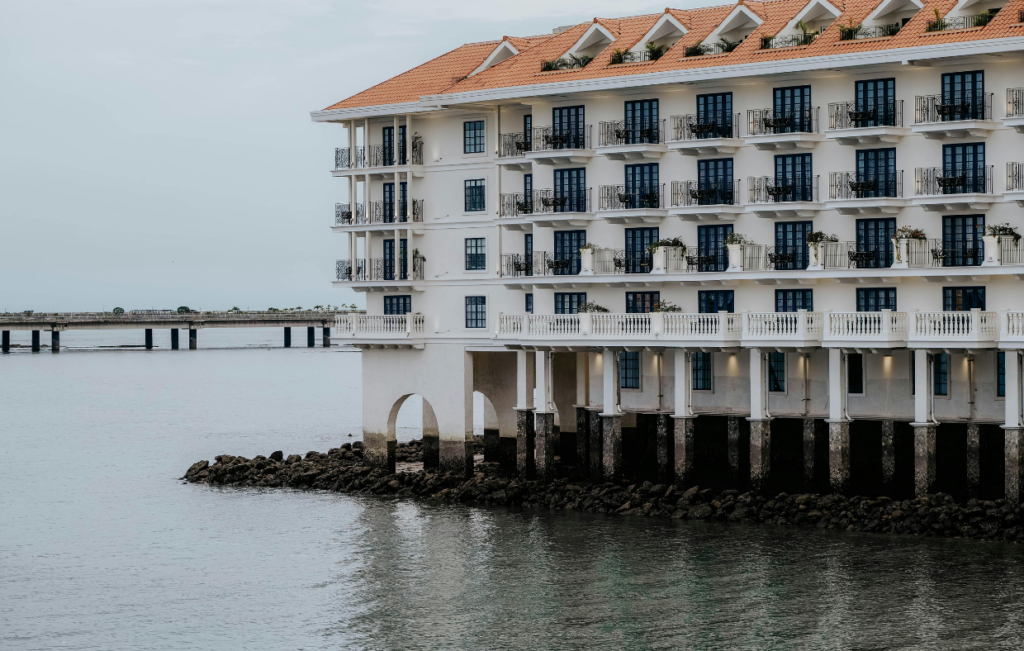
What is the treatment process?
The treatment process for stem cell transplants in Panama involves a series of important steps designed to ensure patients receive the best possible care. The journey begins with finding a reputable clinic, a task that can be greatly simplified through detailed research and the examination of patient testimonials. These firsthand accounts provide valuable insights into the clinic’s care quality and patient experiences.
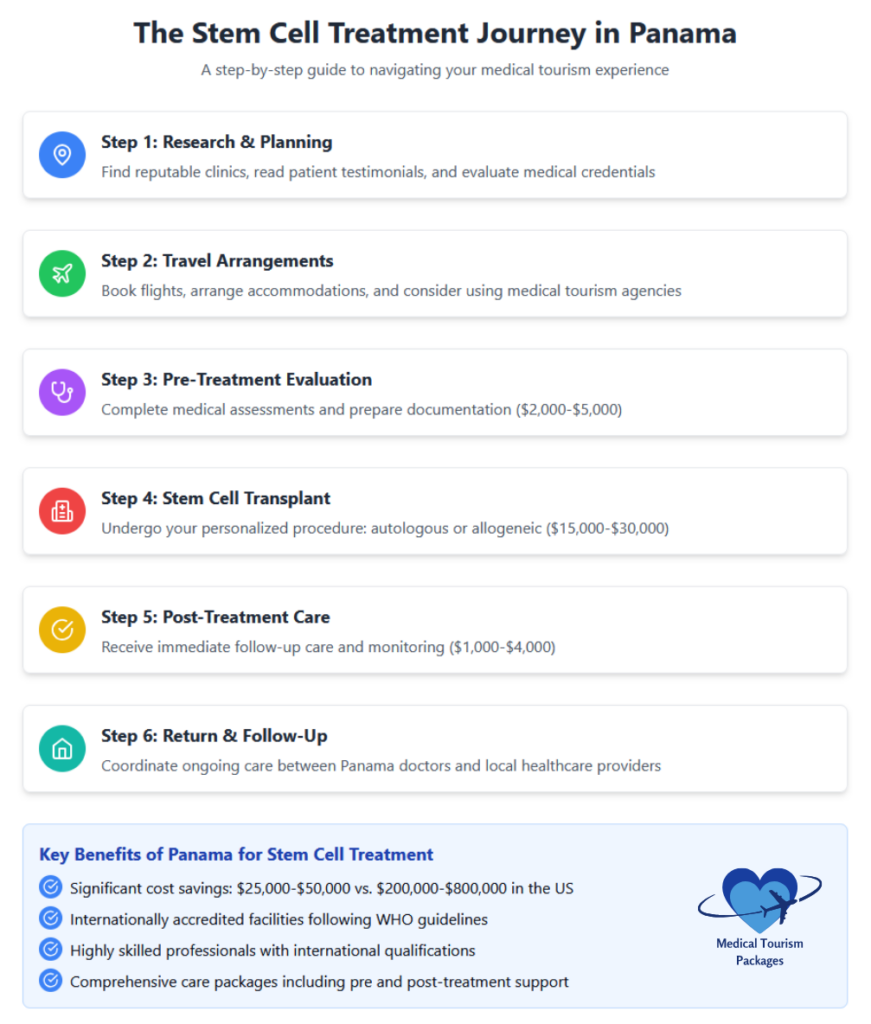
The next phase involves arranging travel and accommodation, which can be efficiently managed with the help of medical tourism agencies. These agencies specialize in creating a seamless experience for international patients, addressing everything from logistics to lodging, thereby reducing the stress associated with medical travel. Moreover, understanding and complying with legal and medical requirements is paramount.
This includes obtaining the necessary visas and ensuring that all medical documentation is prepared and available. This meticulous preparation helps in avoiding any unforeseen hurdles, making the treatment process as smooth and straightforward as possible. This structured approach to planning and preparation aims to provide patients with a hassle-free medical journey, allowing them to concentrate fully on their recovery and health.
Finding a reputable clinic
To ensure the best care, identifying a reputable clinic is crucial. Key criteria include accreditation status, physician qualifications, and specialization in stem cell treatments. Panama boasts several well-regarded stem cell treatment centers, such as the Panama Stem Cell Institute and Regenerative Medicine of Panama, known for their innovative approaches and successful patient outcomes.
Researching and reading patient testimonials can provide insights into the quality of care and patient satisfaction, guiding you to make an informed decision.
Arranging travel and accommodation
Medical tourism agencies, such as Panama Medical Tourism Inc. and Health Travel Panama, offer comprehensive services to assist with travel and accommodation arrangements. These agencies can help find accommodations that fit your budget and preferences, from budget-friendly hotels to luxury resorts. They also assist with flight bookings, airport transfers, and local transportation, ensuring your medical journey is as stress-free as possible.
Legal and medical requirements
Understanding Panama’s legal and medical requirements is essential for a smooth treatment experience. Most travelers will need a tourist visa, which can be easily obtained upon arrival for many nationalities, but it’s important to check the latest requirements based on your country of origin. Additionally, compiling all necessary medical documentation in advance, including medical history and any previous treatment records, is crucial.
Coordination with your chosen clinic will ensure you have all required documents and meet any specific entry or treatment criteria.
Risks and considerations for international patients
For international patients seeking stem cell treatment in Panama, understanding the risks and considerations is paramount. A significant concern is the challenge of language barriers, which can complicate interactions with medical personnel. However, many medical facilities in Panama mitigate this by providing interpreters and bilingual staff, ensuring that communication remains clear and effective throughout the treatment process.
Another important factor is the potential impact of cultural differences on the patient’s experience. Being aware of and respecting local customs and etiquette can greatly enhance the journey to recovery. Medical tourism agencies often provide valuable guidance in navigating these cultural nuances, helping patients to adjust more comfortably to their temporary environment.
Lastly, the issue of post-treatment follow-up care requires attention. Effective coordination between the patient’s local healthcare providers and the medical team in Panama is crucial. This collaboration ensures a comprehensive continuum of care, allowing for any necessary adjustments to treatment plans and addressing complications promptly.
Such planning is essential for maintaining the health and well-being of the patient after returning home.
Language barriers
Overcoming language barriers is crucial for a positive healthcare experience in Panama. Many healthcare facilities address this by ensuring the availability of interpreters and bilingual staff. This support is vital for clear communication, enabling patients to understand their treatment options, express concerns, and make informed decisions confidently.
Cultural differences
Adjusting to cultural differences is vital for international patients. Healthcare providers and medical tourism agencies often offer guidance on local customs and etiquette, aiding patients in navigating the social landscape of Panama. This assistance enhances the overall experience, promoting a respectful and enriching stay during the medical journey.
Post-treatment follow-up care
Effective post-treatment follow-up care is essential for recovery. This involves coordination between local and Panama-based medical teams, ensuring continuity of care through shared medical records and treatment plans. Such collaboration is key to addressing any complications efficiently, ensuring patients receive comprehensive care even after returning home.
Frequently Asked Questions about Stem Cell Therapy in Panama
What is a stem cell transplant?
A stem cell transplant, also known as a bone marrow transplant, is a medical procedure that replaces damaged or diseased bone marrow with healthy stem cells. It is commonly used to treat conditions like leukemia, lymphoma, and immune system disorders, helping the body regenerate healthy blood cells and improve immune function.
Why choose Panama for a stem cell transplant?
Panama offers state-of-the-art medical technology, highly skilled professionals, and significantly lower treatment costs compared to the US and Europe. Accredited medical facilities, such as those affiliated with Johns Hopkins Medicine International, ensure high-quality care while making the procedure more accessible to international patients.
What are the types of stem cell transplants available in Panama?
Panama offers two primary types of stem cell transplants: autologous, where a patient’s own stem cells are used, and allogeneic, where stem cells are sourced from a compatible donor. The choice depends on the patient’s condition and the availability of a suitable donor.
How much does a stem cell transplant cost in Panama?
The cost of a stem cell transplant in Panama ranges from $25,000 to $50,000, significantly lower than the $200,000 to $800,000 price range in the US. This includes pre-treatment evaluations and post-treatment care, which are often additional costs in other countries.
What are the risks of undergoing a stem cell transplant in Panama?
While Panama maintains high medical standards, international patients should consider potential language barriers, cultural differences, and post-treatment follow-up care. Many clinics provide interpreters and coordinate with local healthcare providers to ensure smooth recovery after returning home.
